“Over the years, Konecranes has gained solid expertise in product design based on the circular economy. Our customers gain clear benefits by investing in durable equipment that can be repaired and modernised, and get added value from uninterrupted production. Maintaining the life-cycle value of a device for as long as possible saves natural resources and reduces greenhouse gas emissions.
The majority of the environmental impacts caused during a product’s life cycle are already determined at the design stage. In product design, we focus on materials and energy efficiency, repairability and sustainability, among other things. We design cranes for different customer needs, about which we have compiled a lot of user data over the years. For example, a medium-sized family company uses a crane at its workshop for about 15 minutes a day, while at a waste incineration plant, crane use is non-stop. Intensity of usage affect the dimension of the devices, the strength of the structures and the choice of materials.
Konecranes’s service operations promote the circular economy by extending the life cycle of equipment through maintenance and repairs, remanufacturing of parts, modernisation and retrofitting. Nowadays, we are able to modernise even machines dating back to the 1920s to suit modern standards. Products are often modular, which allows the use of existing components and replacement of only essential parts. Therefore, it is often possible to replace old technology with the latest solutions.
Maintenance is a major part of our product design and we also use the predictive maintenance concept in our operations. Predicting maintenance needs through real-time information reduces and optimises the mileage of maintenance personnel, as well as the need for transporting parts. Information on the need to maintain, replace and repair components promotes the efficient use of resources and extends the service life of products. At best, we extend a product’s life cycle by decades. Our processes will now and in the future be built on the principles of the circular economy, meaning that our activities are optimised and timely. This enables us to add value for our customers and reduce their carbon footprint.
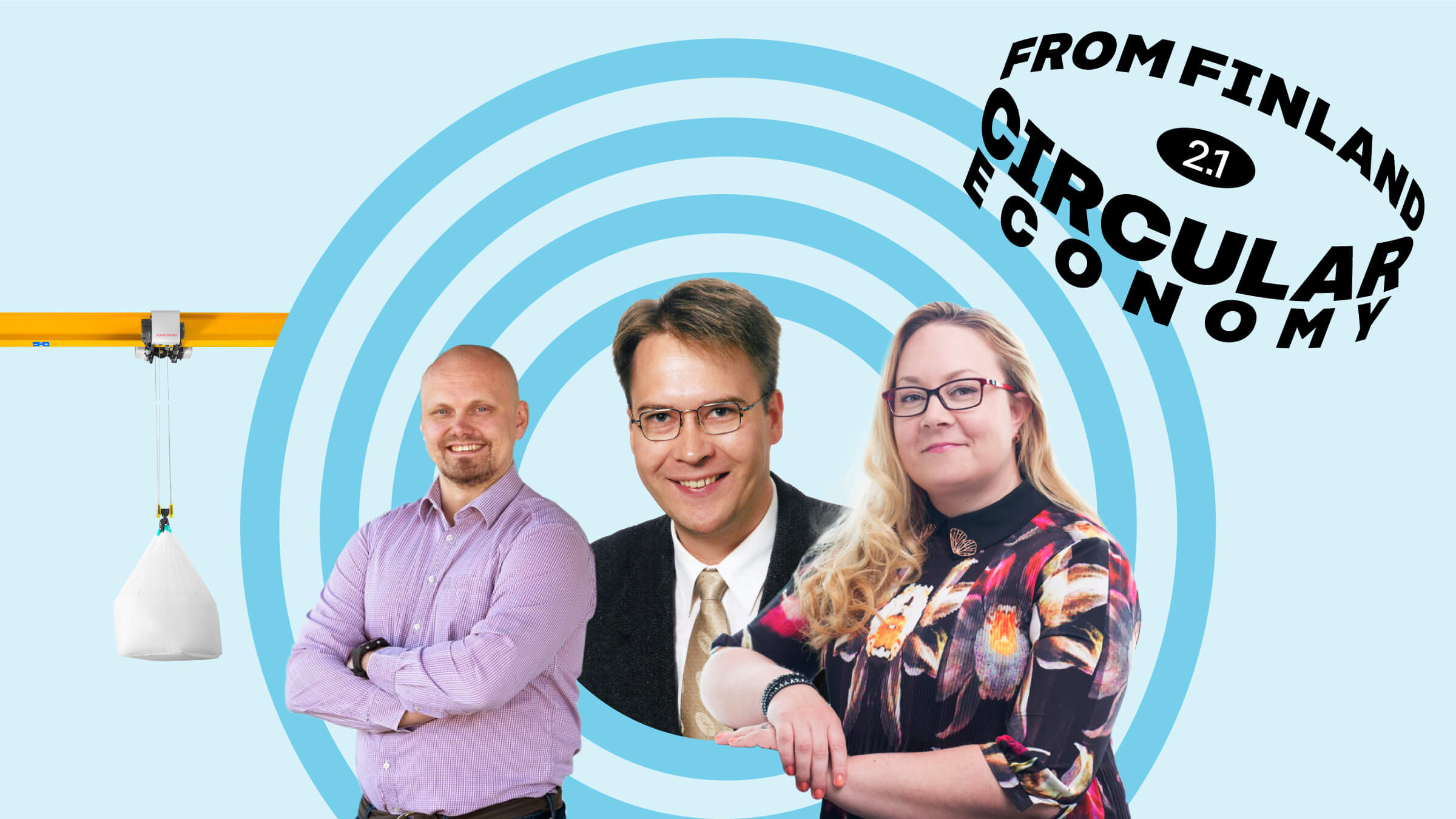
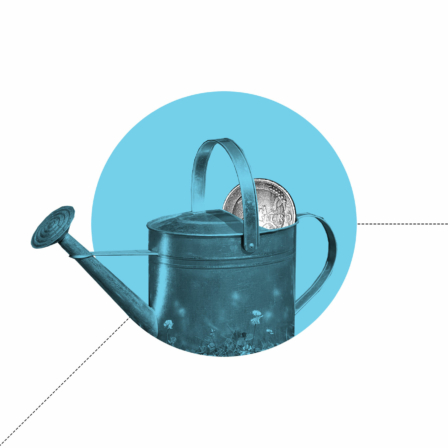



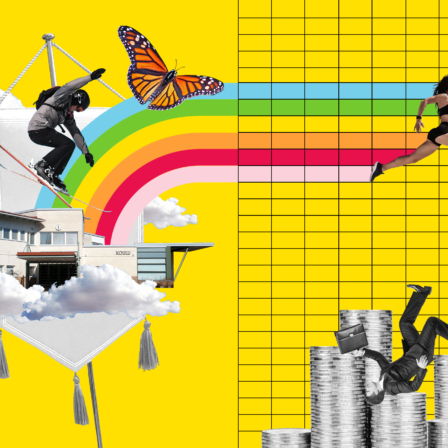





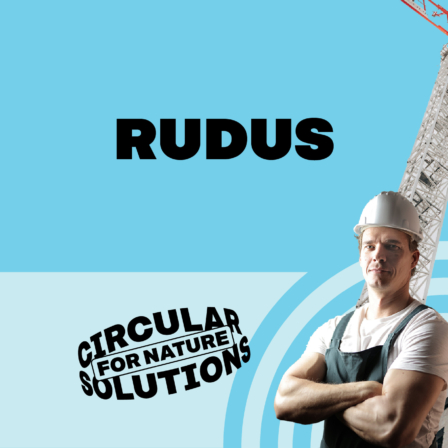

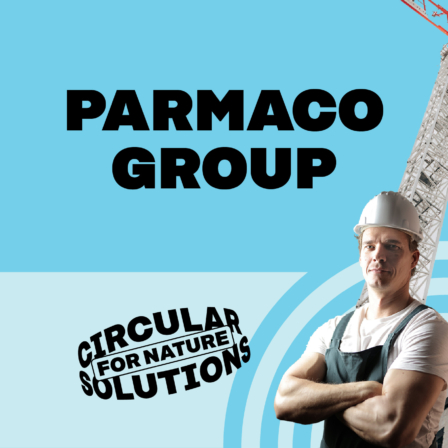

Suosittelemme
Vielä yksi